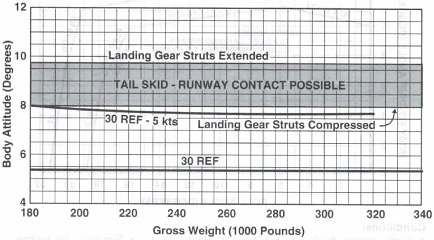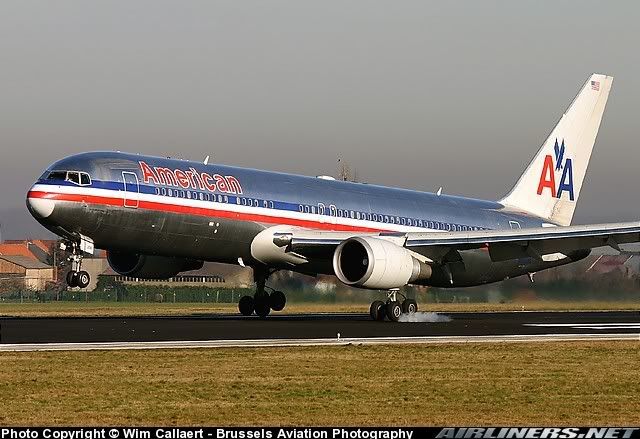dasleben
That's just, like, your opinion, man
I know there are some other 767 guys hanging around here who might be able to answer a question!
I'm doing a little light reading on 767 tail strikes (basically, how I can avoid the chief pilot's office!), and there's something the manuals aren't making clear. The book says that with struts fully extended, tailskid contact occurs at about 9.6 degrees of pitch. However, with struts fully compressed, it occurs at slightly less than 8 degrees. Fairly big difference.
So, here's my question: When exactly are the struts "fully compressed"? Are they only fully compressed momentarily if you slam the airplane onto the ground, or are they considered "fully compressed" (as far as the manuals are concerned) with normal weight on the mains after landing? The books really give no guidance on this.
Thanks!
I'm doing a little light reading on 767 tail strikes (basically, how I can avoid the chief pilot's office!), and there's something the manuals aren't making clear. The book says that with struts fully extended, tailskid contact occurs at about 9.6 degrees of pitch. However, with struts fully compressed, it occurs at slightly less than 8 degrees. Fairly big difference.
So, here's my question: When exactly are the struts "fully compressed"? Are they only fully compressed momentarily if you slam the airplane onto the ground, or are they considered "fully compressed" (as far as the manuals are concerned) with normal weight on the mains after landing? The books really give no guidance on this.
Thanks!


